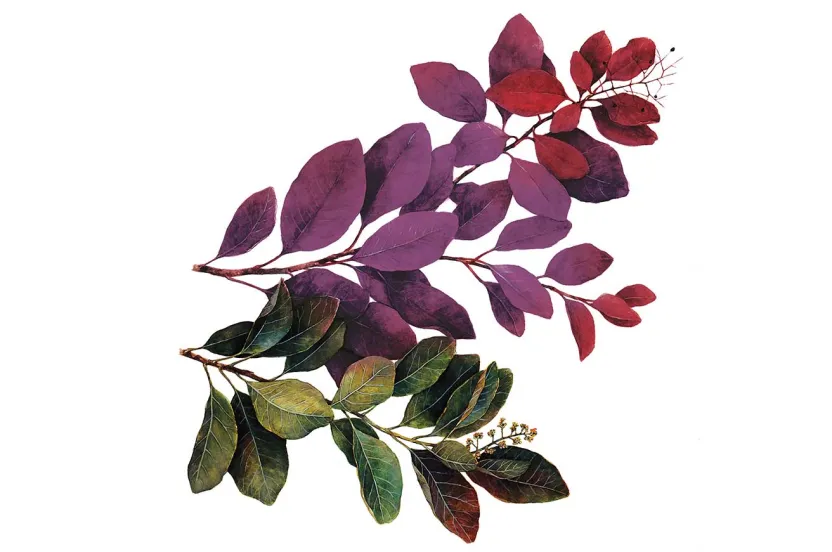Now live: The 2025 Canopy Report. Learn how Americans see trees. GET THE REPORT
Prunus sargentii
Named after Charles Sprague Sargent—the American plant collector who discovered the species in the mountains of northern Japan in 1892—the Sargent cherry tree attracts attention year-around. It’s been called the “crème de la crème” of flowering cherries, and with its equivalence in both versatility and beauty it’s easy to see why. If you’re looking to add color and character to your yard with little space then this may be the tree for you.
Here are a few things to note if you’re considering adding one to your yard.
Environmental Conditions:
- Prefers acidic, loamy, moist, rich, sandy and well drained soils. Is drought tolerant (hardiness zones 4-7)
- Medium growing tree, growing up to two feet a year and reaching 40-50 feet at maturity.
- Prefers full sun, at least six hours of direct sunlight every day.
- Is less susceptible to disease than other cherries and requires little maintenance once established.
Physical Attributes:
- Blooms pink to deep pink flowers in late spring.
- Produces small, red to dark purple cherries in the summer, making them the best of cherries for street planting because of their size.
- Has shiny, dark green leaves that offer vibrant fall foliage.
- Has a reddish and cinnamon-colored brown bark that stands out in the winter.
Tag us in a photo with your Sargent cherry tree!




